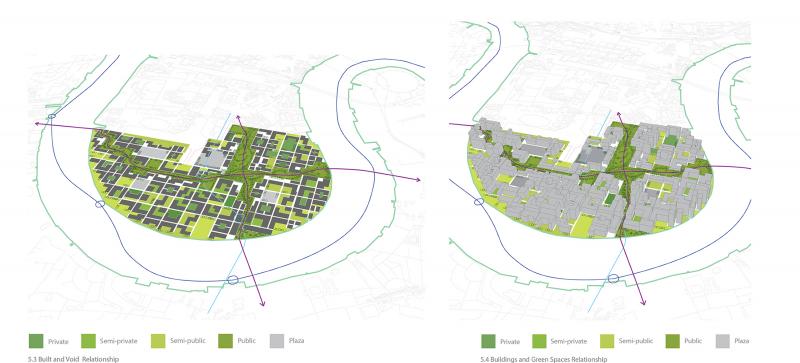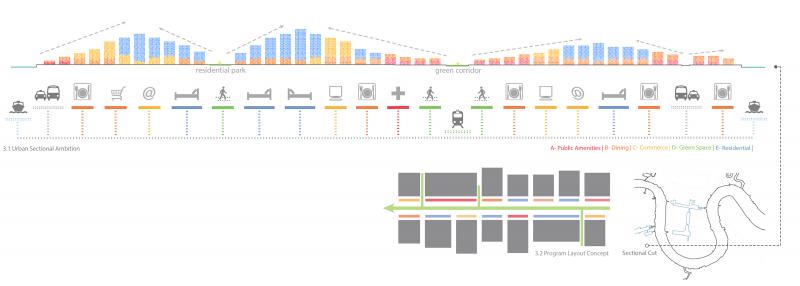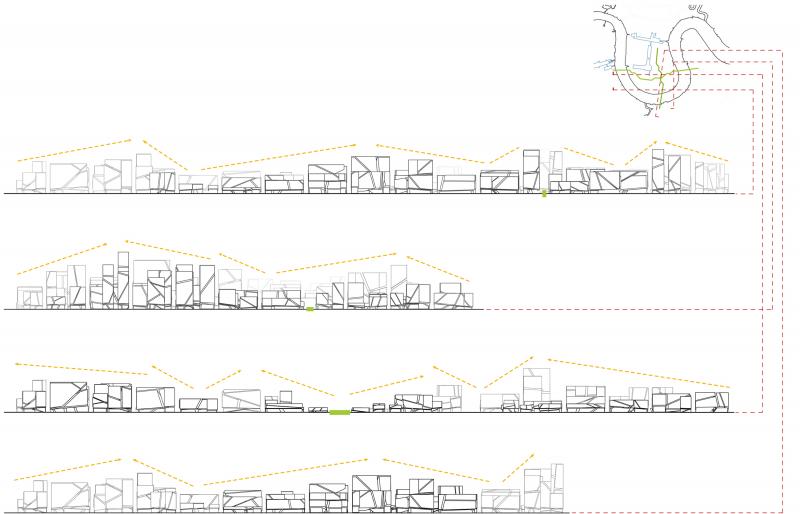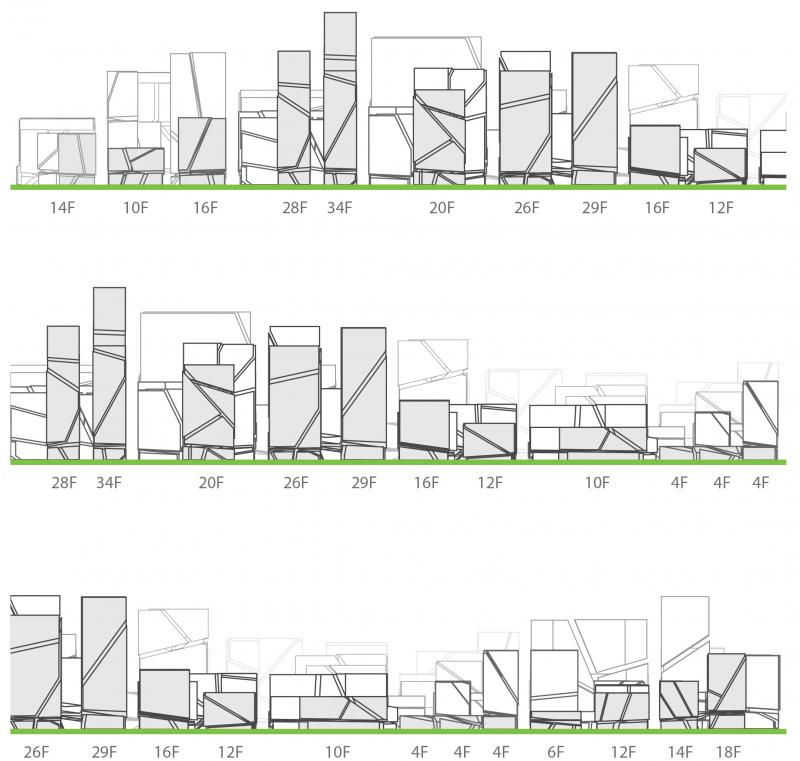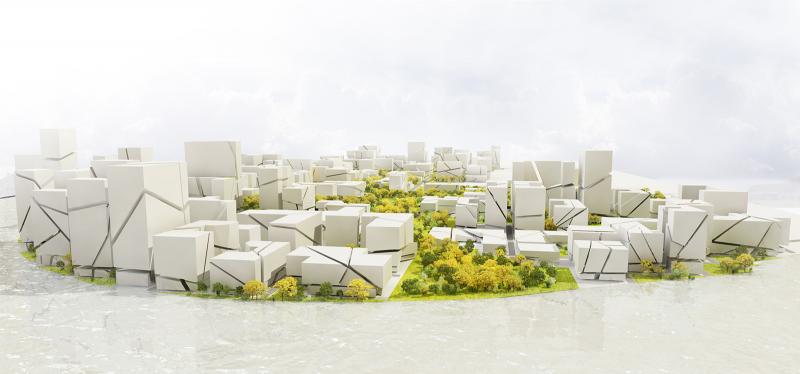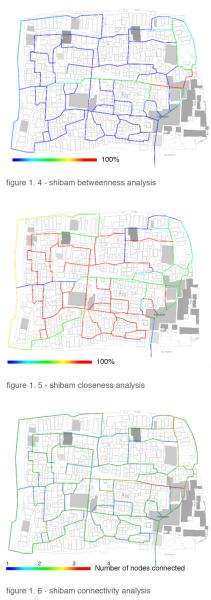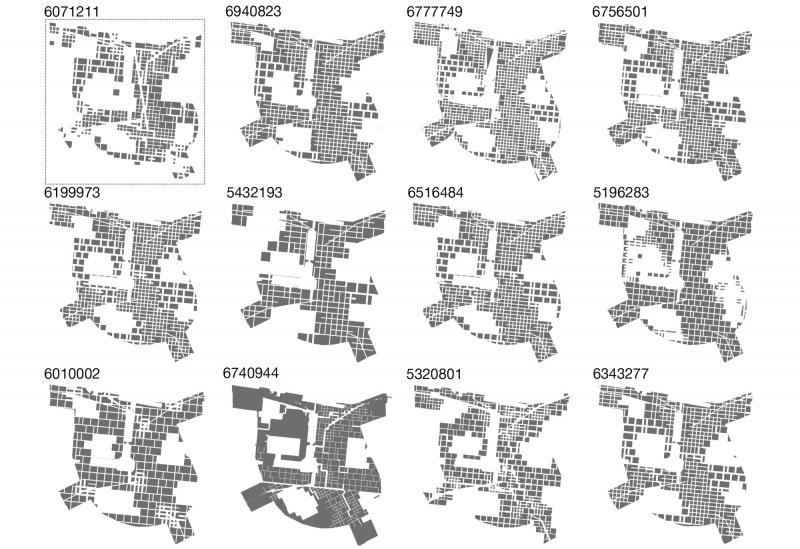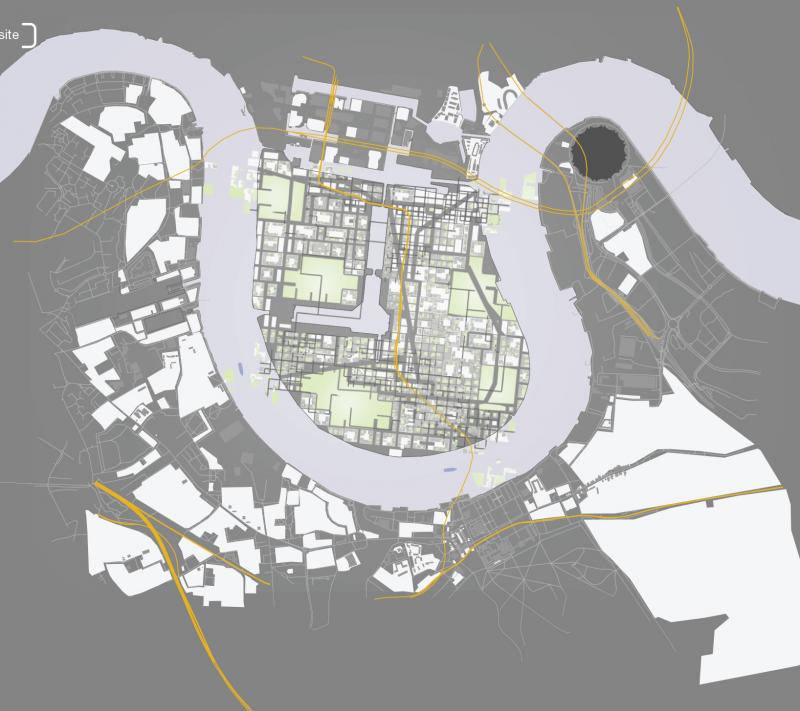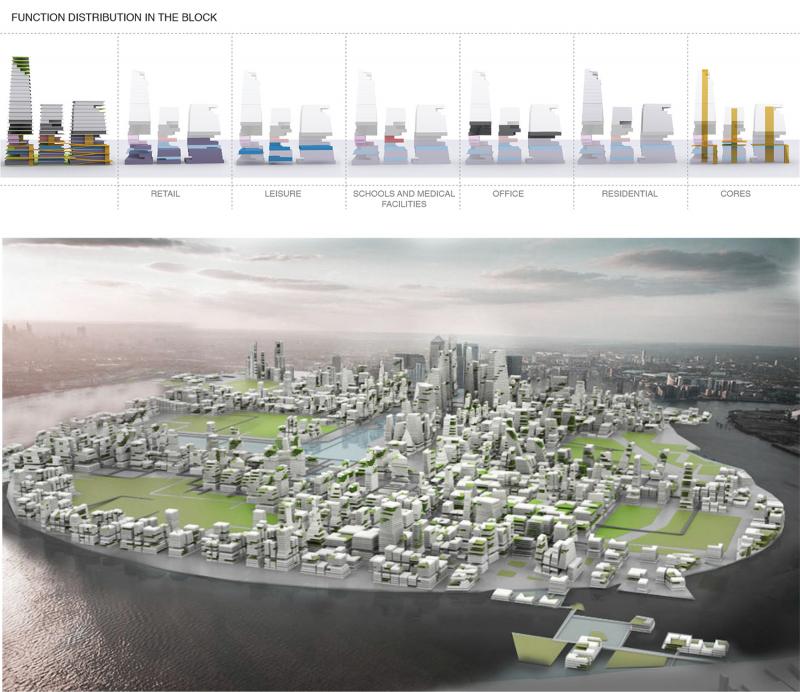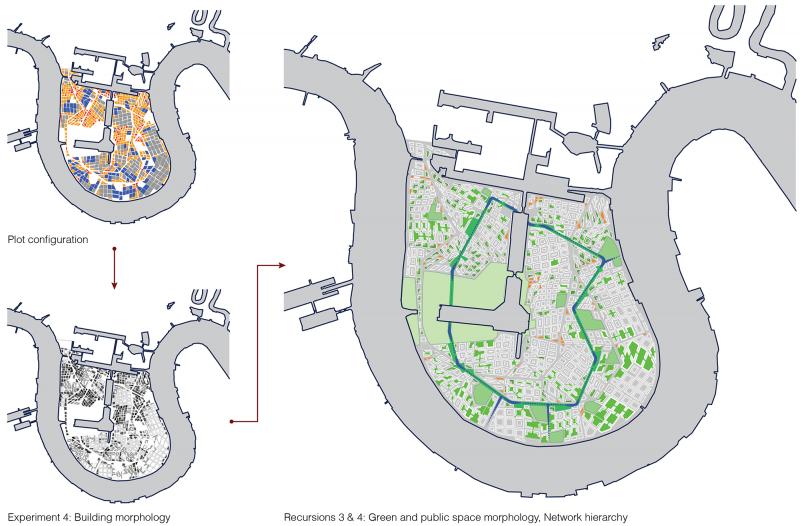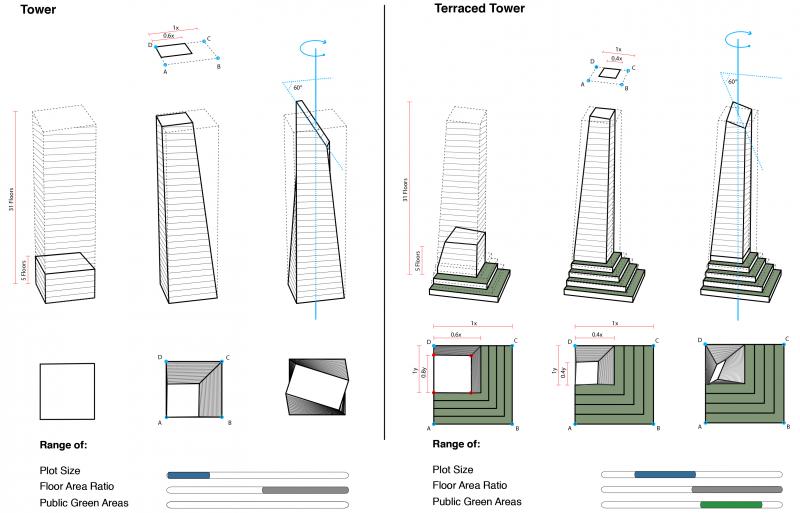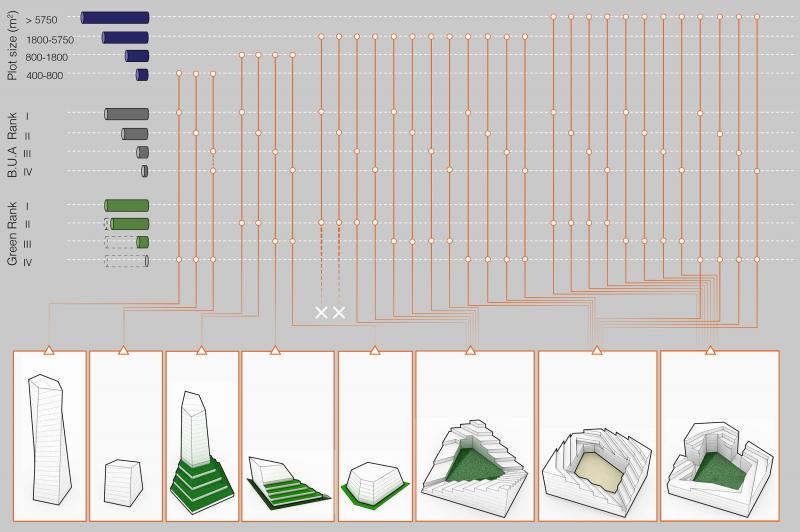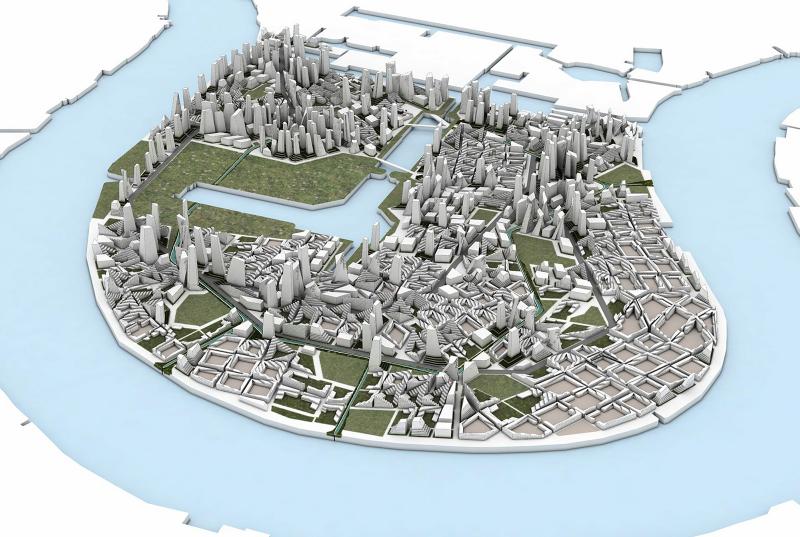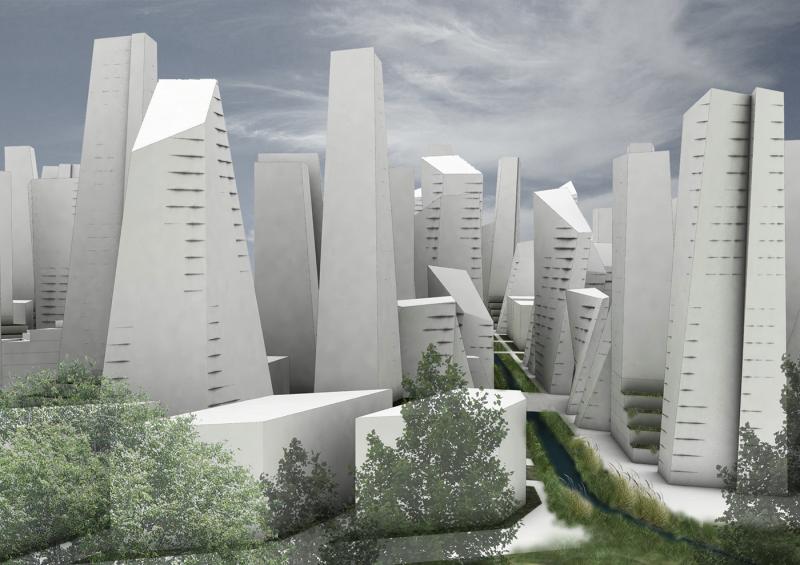Green City
Green City aims to take a traditional, local London high-street morphology and adapt it to function as a core element of a very high density urban environment. Doing so provides an opportunity to replace the old, vehicular-centric transport infrastructure with a highly optimized pedestrian-centric grid system supporting major, vehicle free green-corridors (the new high streets). Green City aims to establish a new system of social interactions through positive local economic transactions and environmentally and socially feasible built infrastructure.
Lei Zheng
William Haviland
Jose Garcia
Suhash Patel




